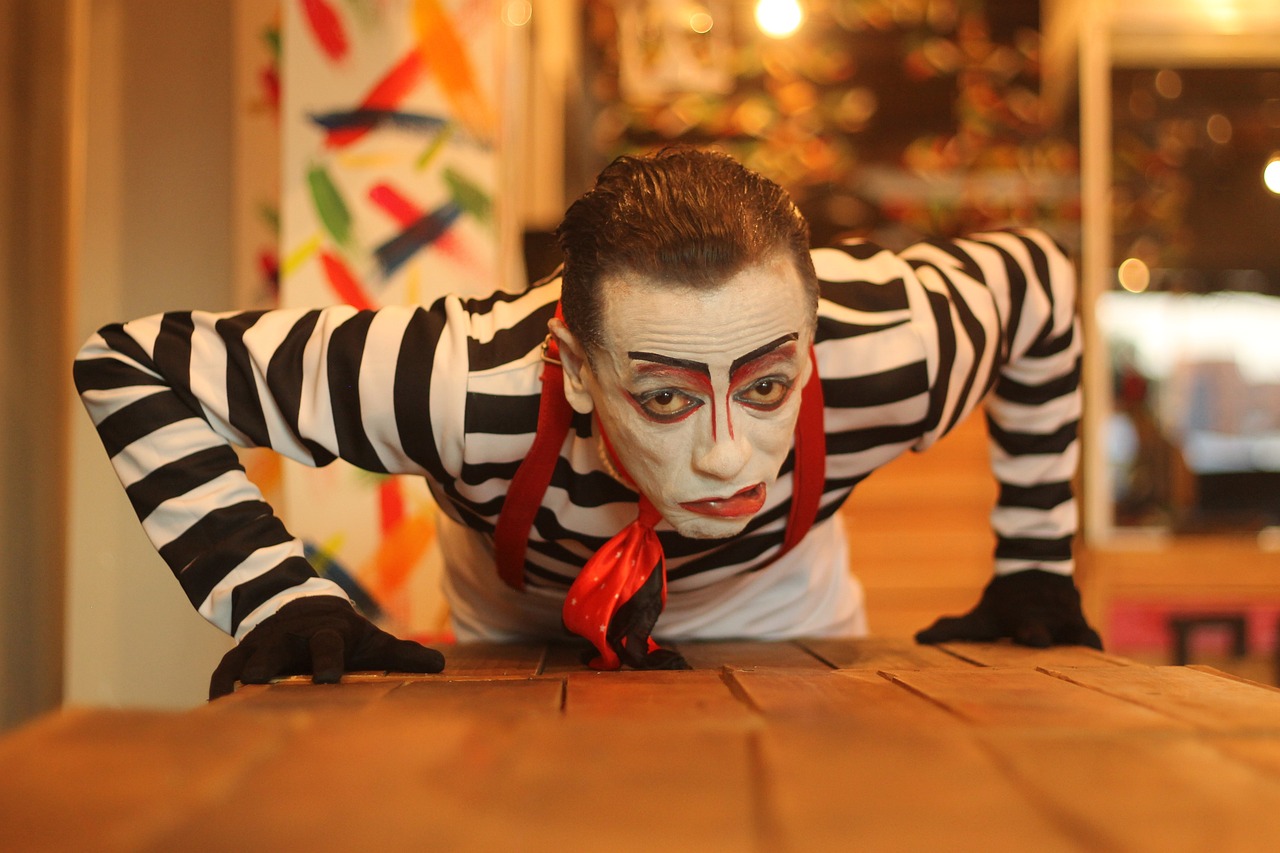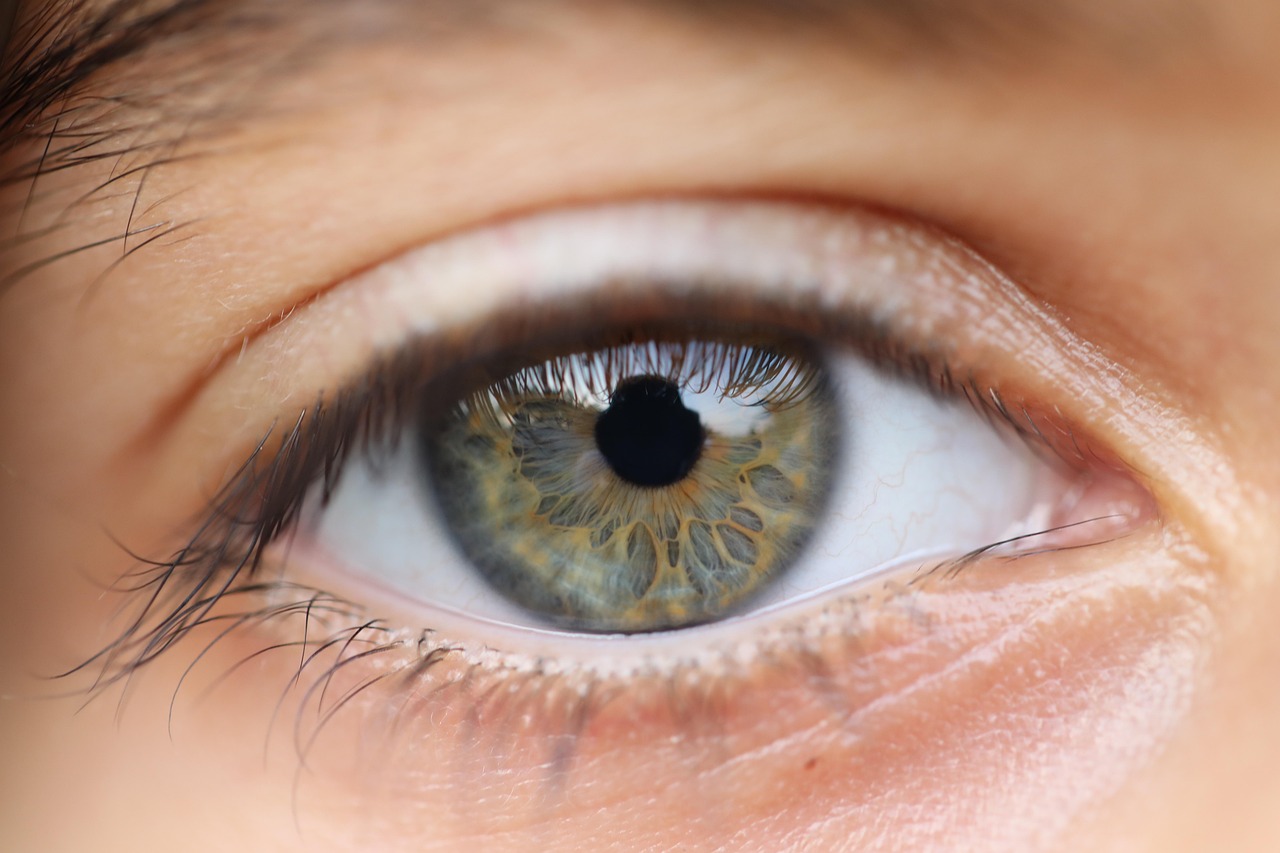Unraveling the Mystique: The Contemporary Renaissance of Mime Artistry
Introduction: In an age where words saturate our lives, mime—the silent art of storytelling—asserts its relevance with startling vigor. This article explores the surprising resurgence of mime in the 21st century, tracing its historical roots, its evolution, and the reasons for its newfound appeal.

A Brief History of Mime
The art of mime, or pantomime, has roots that stretch deep into the past. Its earliest forms can be traced back to ancient Greece and Rome, where it was a major component of theatre and performance art. In the late 19th and early 20th century, it enjoyed a modern revival in Europe, with artists like Étienne Decroux and Marcel Marceau refining and popularizing the form.
The Modern Revival
Fast forward to the 21st century, mime is experiencing another revival. Despite predictions of its demise in the face of digital media saturation, mime has instead seen a resurgence. This can largely be attributed to the work of contemporary artists who have redefined the art form, incorporating elements of physical theater, dance, and even stand-up comedy into their performances.
The Impact of Mime in Today’s Culture
Mime’s resurgence is not just a nostalgic throwback, but a response to our increasingly noisy world. In an age where words are often used to deceive or obfuscate, the silent art of mime can communicate universal truths with startling clarity. Its emphasis on physical expression speaks across language barriers, making it a truly global art form.
The Significant Figures in Contemporary Mime
Artists like Bill Bowers and Trygve Wakenshaw are leading the charge in this modern mime renaissance. Bowers, a former student of Marcel Marceau, combines mime with elements of storytelling and stand-up. Wakenshaw, on the other hand, has been credited with making mime “cool” again, with performances that are as hilarious as they are heartfelt.
The Future of Mime
With its increased visibility and the rise of new, innovative practitioners, the future of mime looks promising. Its adaptability and universality ensure it remains relevant, even in the face of rapid technological advancements. As we continue to navigate our hyper-verbal, digitally dominated world, the silent art of mime offers a refreshing, poignant alternative.
This modern resurgence of mime is a testament to the enduring power of this ancient art form. As long as there are stories to tell, mime will continue to captivate audiences with its simplicity, its universality, and its profound silence.




